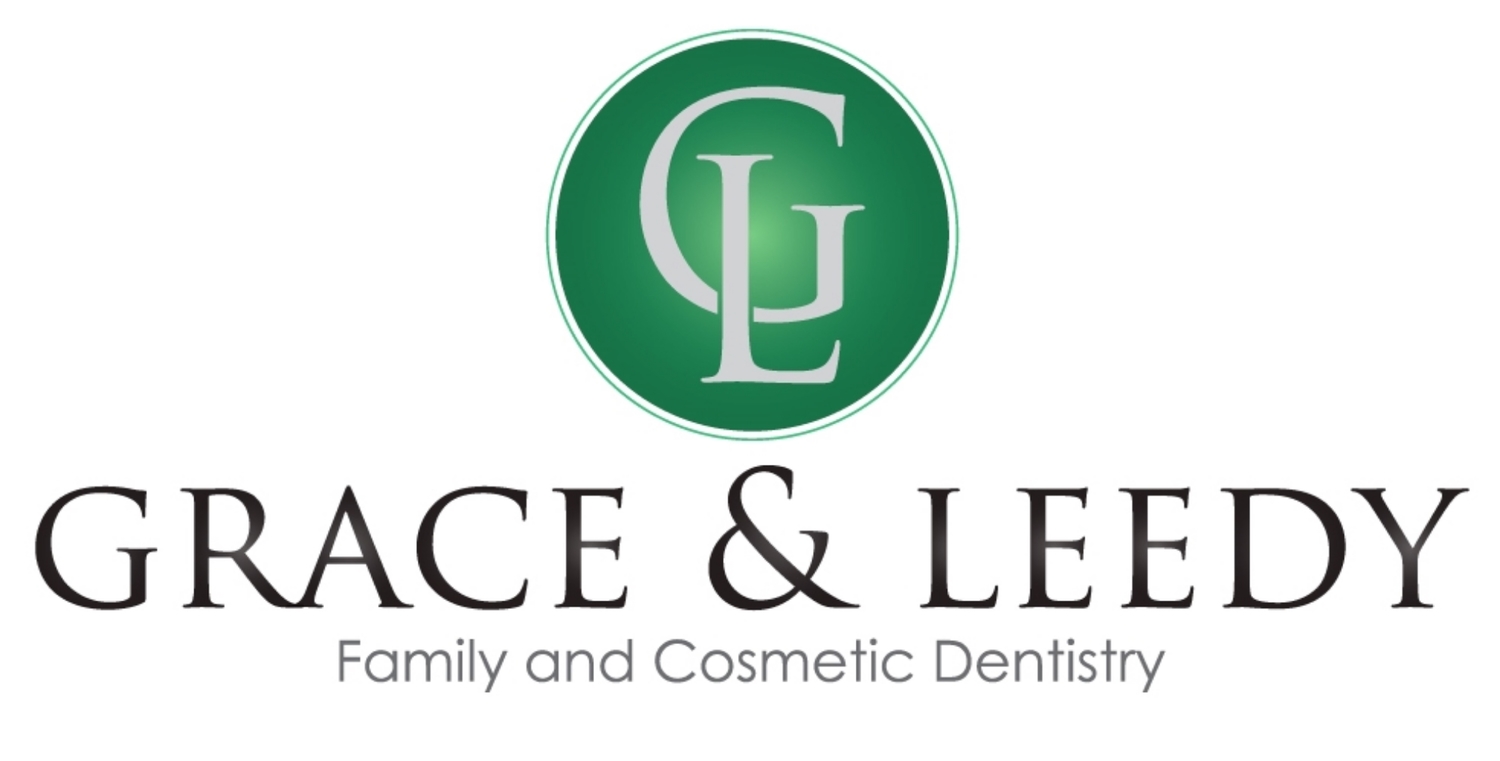
Why Fluoride Is Important For Teeth
No doubt most everyone has heard the term fluoride discussed in dental health to some regard. Items like “fluoride toothpaste” and “fluoride mouthwash” crowd the shelves of the dental health aisle. Even the American Dental Association (ADA) likely won’t approve a toothpaste or mouthwash unless it contains an active ingredient of fluoride. Fluoride is extremely important as far as dental health goes, but you may not know why. So before you squeeze out the next dollop of fluoride toothpaste onto your toothbrush, let’s look at why fluoride matters in dental health.
History Of Fluoride Use
Fluoride and its related forms have been used in a variety of industrial processes throughout the years, but fluoride in its most beneficial form is actually naturally occurring. You’ll find some degree of fluoride concentration in most rivers and lakes. However it was a dentist from Colorado Springs that first realized the potential public health benefit of fluoride. In the early 1900s, Frederick McKay realized that some people were receiving overdoses of fluoride in their water supply, which was actually staining their teeth brown. Not exactly what you’re looking for in dental health…right?
In light of his discovery, McKay also noticed that certain concentrations of fluoride also strengthened the teeth of the people he was studying. The key was to determine the proper PPM (parts per million) concentration, and safely administer it the same way as natural fluoride - in the water supply. As modern water treatment was improved, fluoride was appropriately added to water supplies. Soon the general population drinking fluoridated water began to see benefits like less cavities. Today the adding of fluoride to water supplies is generally considered a public health victory, and most municipalities in the US as well as many around the world add fluoride to their water supply.
Is Fluoride Safe?
A concern with all modern medical and dental treatments this day in age is safety, and for good reason. It is important to know you are treating common issues like cavities and tooth decay with a product that is helpful, not harmful, both today and years from now. There has been a lot of research performed on fluoride, and it is generally considered safe as long as it isn’t administered in high concentrations. As we mentioned above, the PPM levels of fluoride are carefully monitored to ensure residents are drinking too much. Fluoride toothpaste and mouthwash aren’t much of a threat to fluoride intake levels as they are administered topically, which is essentially a “use and spit” method. This application helps strengthen enamel and heal fissures in the enamel without the risk of fluoride overdose.
The only real danger with fluoride intake is using items like fluoride pills in excess. In the US, any additional fluoride intake other than using dental care products and drinking fluoridated water is probably unnecessary. If your dentist decides you need to alter your fluoride intake, it is done on a case by case basis and you should follow their directions carefully.
How Fluoride Works
Fluoride aids teeth in several ways - first as your teeth are growing and developing, and later in the prevention of cavities.
EARLY DEVELOPMENT
The exposure of fluoride to developing teeth in children has an important benefit. Fluoride actually bonds to the enamel as it forms, creating harder overall tooth enamel from the start. This bonding is the reason why so many dentists are adamant about fluoride use for children with developing adult teeth. Fluoride intake now will help prevent future problems as they grow and create more-resistant teeth overall.
Note: there is one very minor side-effect for children who intake fluoride. A process called dental fluorosis can in some cases create small white streaks on teeth. The process is completely harmless and in most cases isn’t even noticeable. Fluorosis doesn’t impact the natural growth of children’s teeth either, and in this case the benefits far outweigh this small side-effect.
REMINERALIZATION
Adults benefit from fluoride intake just like children, but the teeth are impacted in a different way. As teeth get older, they become subject to a process called demineralization where acids from foods and the by-products of plaque and tartar erode tooth enamel. This process is harmful and creates cavities and abscesses in otherwise healthy teeth. Luckily fluoride works to reverse this process, thereby remineralizing those areas that have been previously eroded and repairing enamel. No other substance creates such immediate remineralization benefits, which is why the ADA highly recommends using fluoride toothpaste.
Final Thoughts
While fluoride use and the process of remineralization is extremely helpful in dental health treatment, it is no substitute for regular dental cleanings and visits. In fact, your dentist can actually prescribe stronger fluoride rinses or use fluoride treatment trays to reap all the benefits of remineralization when needed. Now that you understand the benefits of fluoride, it’s time to put it to work with regular brushing and visits to your dentist. Contact Grace & Leedy Family Dentistry to schedule your next appointment.
Location
10881 West Asbury Ave Suite 210, Lakewood, CO 80227
Phone: (303) 989-0452
Office Hours
MON8:30 am - 1:30 pm
TUE7:00 am - 3:30 pm
WED - THU8:00 am - 5:00 pm
FRI7:00 am - 3:30 pm
SAT - SUNClosed









comments